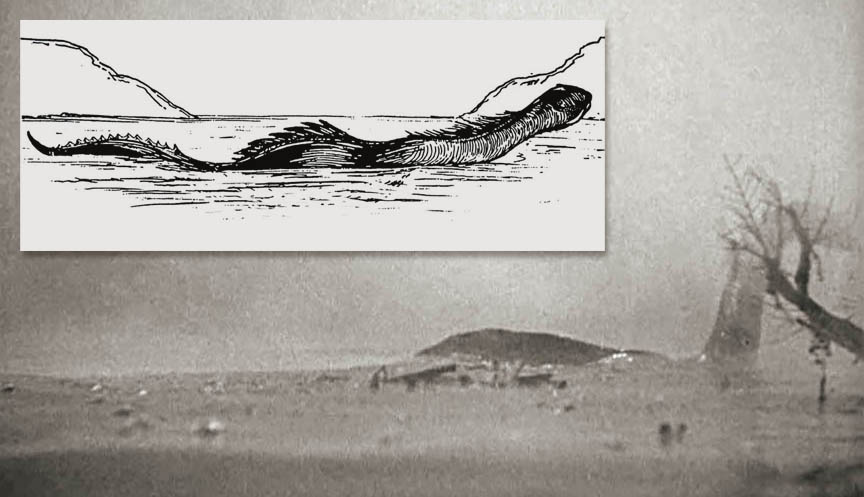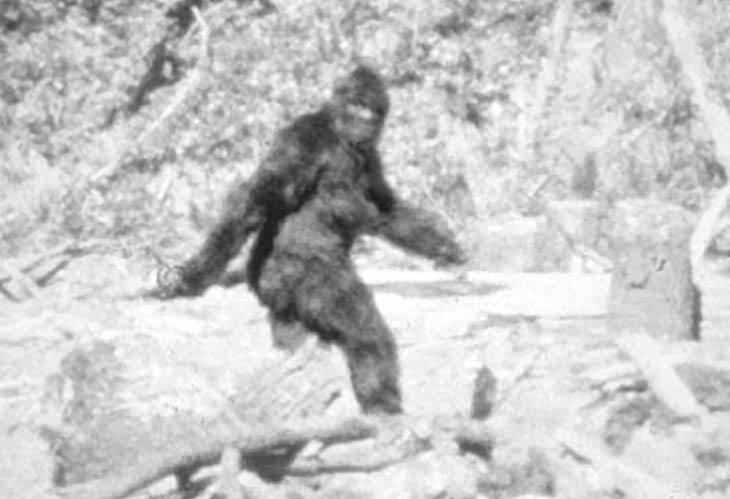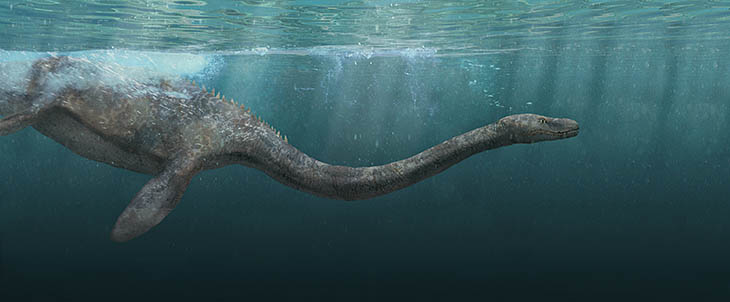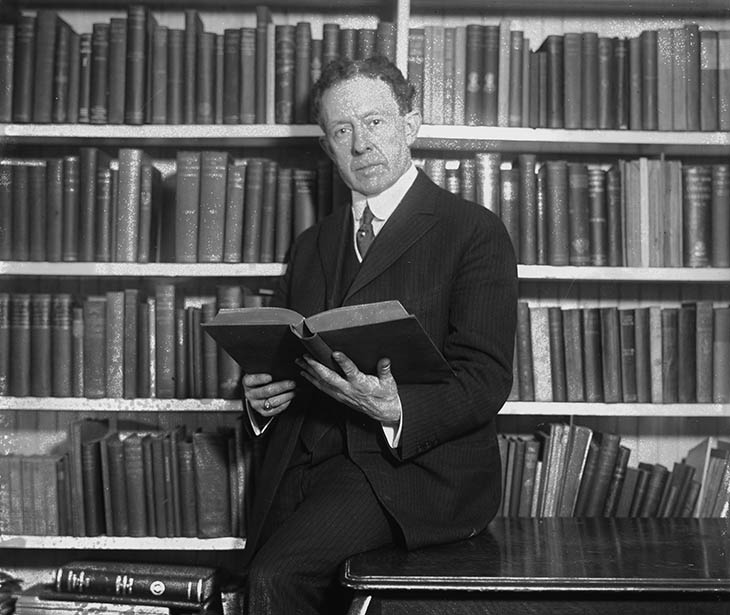This article was written in Oct 2020, prior to the conspiracy theory motivated insurrection at the Capitol Building in Washington, DC on January 6, 2021. It was originally published in Skeptic magazine (Vol. 25, No. 4, 2020) and then online at Skeptic.com. An archived version is available here.
As 2020 nears its end and the COVID-19 pandemic continues, a rapidly growing far right conspiracy theory increasingly dominates headlines. QAnon is a crowd-sourced online mythology inspired by cryptic anonymous internet posts appearing since 2017 from an unknown figure (or group) known as “Q” or “Q Clearance Patriot.” It is an expanded successor to the debunked 2016 “Pizzagate” conspiracy theory, which claimed that Hillary Clinton and other prominent Democrats operated a child sex trafficking ring under a Washington, DC pizzeria called Comet Ping Pong. QAnon is also rooted in much older mythologies about sinister secret societies of Satan worshippers, witches, or Jews. Read more


 When Greg Long’s 2004 book The Making of Bigfoot arrived on my desk, I knew it was from Prometheus Books (which is a pretty good start), and about Bigfoot, but nothing else. Having heard none of the buzz about it, I was merely hoping it would prove to be a decent resource for one of my own articles on the sub ject. Then, when I realized that the entire 476-page book was exclusively about the late Roger Patterson’s infamous 1967 “Bigfoot” film, my heart sank. 476 pages on that tired old chestnut?
When Greg Long’s 2004 book The Making of Bigfoot arrived on my desk, I knew it was from Prometheus Books (which is a pretty good start), and about Bigfoot, but nothing else. Having heard none of the buzz about it, I was merely hoping it would prove to be a decent resource for one of my own articles on the sub ject. Then, when I realized that the entire 476-page book was exclusively about the late Roger Patterson’s infamous 1967 “Bigfoot” film, my heart sank. 476 pages on that tired old chestnut?  Opening Ben Radford and Joe Nickell’s newest book, Lake Monster Mysteries, I was already pretty sure I’d like it. I admire other work by these authors, and I adore the notion of antediluvian leviathans sliding undetected through the world’s lakes, ponds, and swimming holes. (My role at Skeptic is similar to Radford’s role at the Skeptical Inquirer: go-to cryptozoology guy.)
Opening Ben Radford and Joe Nickell’s newest book, Lake Monster Mysteries, I was already pretty sure I’d like it. I admire other work by these authors, and I adore the notion of antediluvian leviathans sliding undetected through the world’s lakes, ponds, and swimming holes. (My role at Skeptic is similar to Radford’s role at the Skeptical Inquirer: go-to cryptozoology guy.)
